How to care for Zamioculcas at home
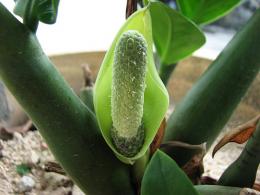
Zamioculcas began to be used for home cultivation not so long ago. The plant is just gaining popularity, its appearance is laconic, and its care conditions are quite simple.
Content:
- What is Zamioculcas
- Caring for Zamioculcas at home
- Reproduction and transplantation of Zamioculcas
- Possible difficulties during cultivation
What is Zamioculcas
The genus Zamioculcas belongs to the Araceae family. The plant came to us from tropical Africa; it grows naturally in Kenya, Zimbabwe, Mozambique, Madagascar, and Tanzania. Zamioculcas develops in desert areas. The leaves and roots of the flower are thick and veiny, they are able to accumulate moisture, which they use during drought. The petioles are fleshy, the leaves are large, located along the entire stem.
The plant is perennial and almost never blooms at home. The flowers have no decorative value; juicy shiny leaves are considered more attractive. The flower looks like a spadix, inside of which you can see small light inflorescences. It is not always possible to notice that the plant has begun to bloom, since the ears may be hidden in the lower part of the plant.
Zamioculcas does not require special care; it is enough to comply with several conditions. A houseplant can grow up to 1.5 meters in height, but in nature it grows much higher.
The flower grows slowly, adding only 2-3 stems per year.The flower looks better in a spacious room, it is self-sufficient and does not need an additional composition. Therefore, it is popular for decorating not only apartments, but also office spaces. The plant looks best in a high floor pot.
Different sources provide different data on the numbers of Zamioculcas species.
Some scientists count 4 species, some only 1. All species are herbaceous plants, the rhizome is tuberous and thick. The leaf blade is similar to plants of the genus Zamia, which grow in America, this is what lies in the name of the flower.
If the weather is dry for a long time, then zamioculcas can get rid of the top part of the leaf. In this way, the plant protects itself from excessive evaporation of moisture. The petiole remains as a reservoir.
The species Zamioculcas zamifolia is grown at home. The maximum leaf length is 60 cm; it can be divided into separate feather-like leaves. Usually the number of feathers does not exceed 12 pieces; on average, 3-4 of them grow.
Do not forget that Zamioculcas, like other aroids, is poisonous. When transplanting, be sure to use gloves and do not touch the juice, this can cause allergic reactions and burns. The plant should be placed away from pets.
Caring for Zamioculcas at home
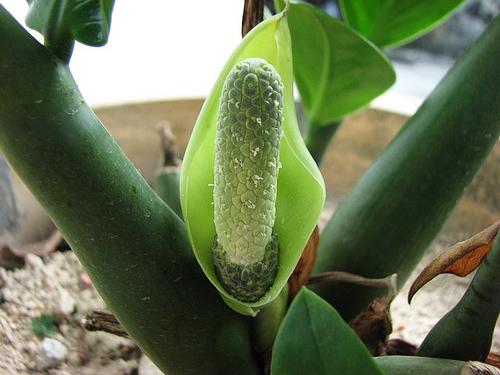
The plant is not whimsical, so it is extremely easy to care for. It is enough to provide Zamioculcas with good growing conditions and after that you can forget about it for a while. Since the plant can accumulate moisture, it will be least demanding of watering.
Zamioculcas requires watering from spring to late autumn, that is, during the growing season. Moisture is not added at the right time, but when the soil dries to half the height of the pot. That is, if the weather remains cloudy for a long time, then you can refuse watering for a long time. The same applies to the autumn-winter season.
If the air temperature is low, then you need to water when the substrate dries completely. You can tell that a plant doesn’t have enough moisture by looking at the dried outer leaves. In this case, the interval between watering increases. The water should be soft and settled. Stagnation of moisture negatively affects the roots.
Zamioculcas has no requirements for air humidity. Dry indoor air will not affect the development and decorative qualities of leaves. In summer, the plant will not refuse to wipe the leaves with a damp cloth; this will at least remove dust.
Due to its origin, Zamioculcas tolerates open sunlight well, however, it is better to provide the flower with diffused light, especially in summer. The pot should be placed on the sunny side; active growth can be expected at both eastern and western windows.
During the period of active growth, you need to maintain a temperature of 20-25 degrees, in winter at least 16 degrees. The plant should not be exposed to drafts, but access to fresh air is necessary.
From spring to early autumn, zamioculcas needs to be fertilized. Fertilizing is applied once every 2 weeks. You can use a universal fertilizer for indoor flowers, or specialized fertilizer for cacti and succulents. If the weather is cloudy, then the feeding time is postponed until the sun appears.
Caring for Zamioculcas at home is simple.The basic rules of care are to choose the right location for the pot and periodic watering.
Reproduction and transplantation of Zamioculcas
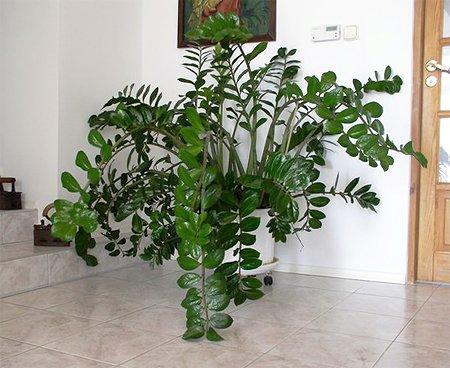
There are several methods for propagating Zamioculcas:
- dividing the bush
- leaf
- cuttings
The bush is divided during plant transplantation. The separated part is placed in a mixture of peat, perlite and sand or in clean sand. The substrate must first be sterilized. In order for the plant to take root, a greenhouse effect is created, the pot is covered with plastic film. The leaves should receive plenty of sunlight.
The separated part should have buds; when they wake up, side shoots will form. To propagate zamioculcas from a leaf or cuttings, you will have to be patient. Rooting will not occur earlier than a month or two. The leaves are dried before planting. To make the process go faster, soil heating and phytohormones (Zircon, Kornevin, Heteroauxin) are used.
Nodules can be used for propagation. They sometimes appear at the base of fallen leaves. In this case, the first shoot will appear only after six months.
The plant is replanted once every 3 years, not more often. The less often you replant zamioculcas, the slower it will grow. The pot is used high; for adults, a clay pot is preferable because it is heavier.
The pot should not be bulky. It is better to change the pot as the plant grows. If there is a lot of space in the ground, then Zamioculcas will develop the soil with its roots for quite a long time, but the above-ground part will not develop. You need to choose the size of the pot based on the size of the root system. This eliminates the risk of soil flooding.
The acidity of the soil should be 6, the nature of the soil should be humus.To prepare it with your own hands, use equal parts:
- sand
- forest land
- garden soil
- garden soil
The amount of sand can be increased to several parts. If possible, add charcoal; there should not be a lot of it, so as not to dry out the roots. Add 1 handful of coal per 1 liter of substrate. Be sure to provide good drainage; it should occupy at least a quarter of the pot.
You can use any other soil. Basic conditions:
- neutral acidity
- water permeability
- breathability
- looseness
- low nutritional value
- a large amount of sand
Propagating Zamioculcas is not difficult, but it will take a lot of time. During reproduction and when transplanting, Zamioculcas should not be affected by negative external factors.
Possible difficulties during cultivation
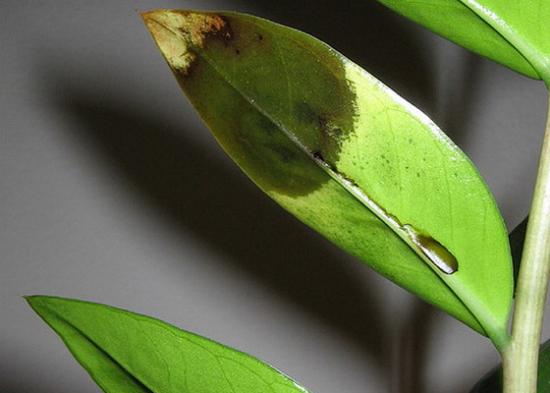
Zamioculcas can be affected by diseases, and difficulties may arise if growing conditions are not met. The most common parasites:
- scale insect
- spider mite
- aphid
- root rot
The diseases are not specific; they can appear on any of the plants. Therefore, quite a lot of methods of struggle have already been invented.
Scale insects usually appear from other plants, so other flowers need to be treated at the same time. A young insect is difficult to see, but its presence can be determined by changes on the leaves; dark spots appear on them. The scale is removed from the leaves and stems with a wet cloth, and then the plant is treated with aktar solution. The larvae can be treated with a solution of tobacco and laundry soap.
Spider mites envelop the lower part of the leaf with cobwebs. The parasite can be removed using plain water. For greater effectiveness, use a solution with tobacco or insecticides.
Root rot can lead to the death of the plant. Usually, the roots begin to rot with excessive watering, and bacteria begin to develop in the moist substrate. The disease can be identified by fading leaves and yellowing stems. The disease develops from top to bottom. The plant needs to stop watering, remove the affected roots and replant it in new soil.
Aphids rarely attack Zamioculcas. Aphids develop on the tips of shoots and at the bottom of leaves and can be green, gray or black. The leaves become less succulent and gradually dry out. You can destroy aphids using the following composition: liter of water with soap, 1 g. nicotine, 1 gr. sulfate, wood ash.
If the leaves begin to turn yellow, this indicates overwatering. Burns may appear on the leaves if the sun suddenly appeared after winter and the plant was not protected from it. Leaves may turn yellow when there is a sudden change in conditions, for example, due to temperature changes or drafts.
In general, the plant is not susceptible to disease. The plant will develop successfully if all care conditions are followed. Zamioculcas grows slowly, which can repel gardeners. But according to legend, its shiny leaves bring money and good luck, and also perfectly decorate the interior.
Video about Zamioculcas, a flower that brings good luck:
Interesting information about the vegetable garden

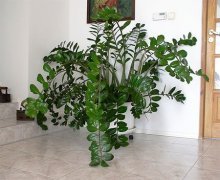
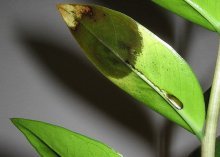
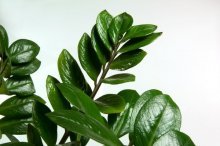


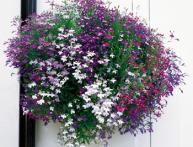
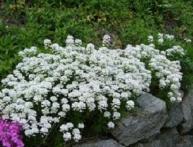

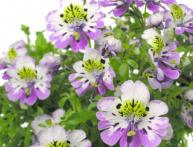
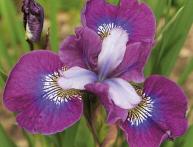
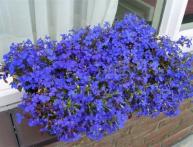
Comments
I was given this flower for my birthday, I couldn’t be happier. It is not fussy to care for, and is so beautiful to look at. The leaves look like they are artificial.